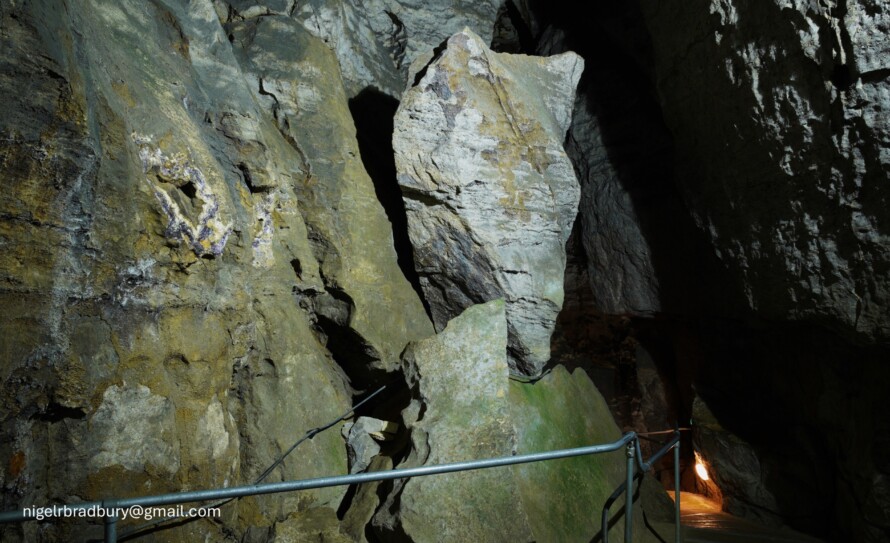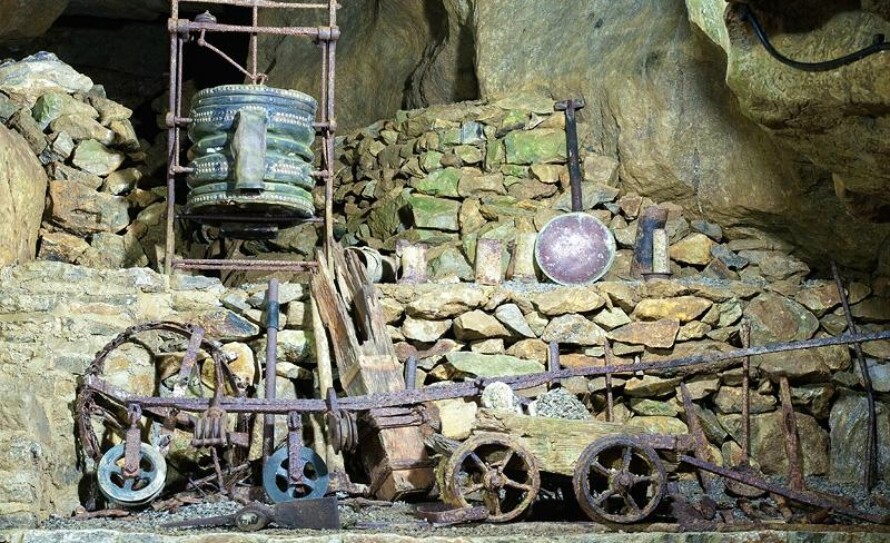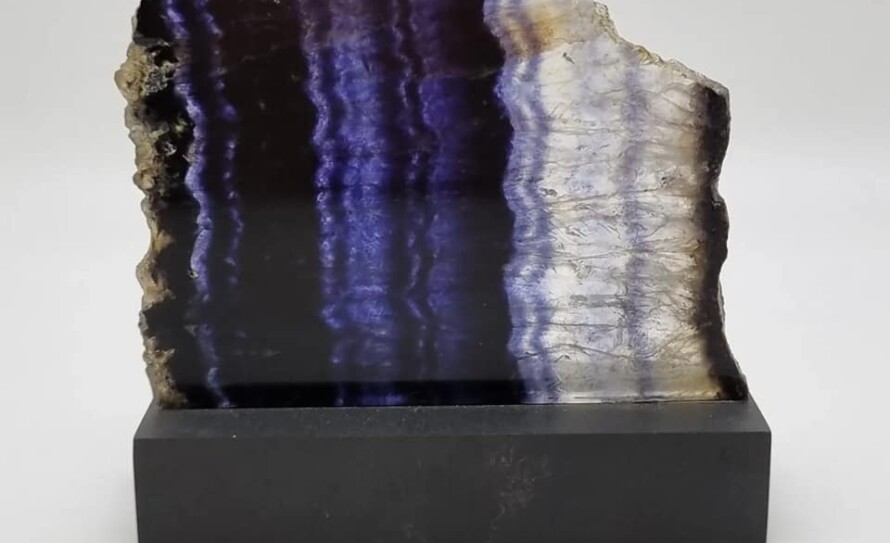About Us

About Us
The Blue John Cavern is, in itself a series of caverns considered to be the finest range in Great Britain! It is of immense educational interest showing so very clearly how caverns are formed in the limestone strata, and how the limestone itself had much earlier been formed by the deposits on the floors of great oceans, which have long receded, as the fossilized remains of marine animals now show. The Cavern is well illuminated by electric lighting. Very comprehensive planning was necessary here to ensure that the whole project was complementary to the caverns as a showplace, without appearing to intrude or commercialize in any way. From the many favourable comments it would appear that this aim has been achieved satisfactorily - and it has been suggested by a considerable number of people that the Blue John Cavern is the finest that can be seen by the general public, not only in Great Britain but in the whole of Western Europe.

History
The Blue John Cavern In Derbyshire
Blue John is Britain's rarest mineral, first discovered at Castleton by the Romans almost 2000 years ago. The worlds only known deposits of this extremely rare and beautiful stone have been found in Castleton to date. During excavations at Pompeii two vases of Blue John Stone were supposedly unearthed, evidence therefore that the Romans not only discovered the stone but also appreciated it for its ornamental value. The Blue John Cavern is home to 8 of the 15 known veins of this beautiful mineral

Geology
Blue John Stone is the most prized ornamental variety of Fluor-Spar (Calcium Fluoride), differing from any other fluor-spars in that it has definite banded veins of colour running through it. Quality stone is found in veins of some three inches in thickness on average. Or in nodular forms lining the inner walls of cavities in the carboniferous Limestone of just one hill to the west of Castleton Village. Nodules are spherical "fungus-like" growths, composed of concentric bands of blue, purple and white or yellow fluorite, radiating from a central focal point. Massive varieties are seen to be composed of interpenetrating cubic crystals. It has been shown that certain specimens will exhibit signs of fluorescence on exposure to ultra-violet light, but this is the exception rather than the rule.

The Mining Of Blue John Stone
Mining is essentially done by hand. Blasting is resorted to only very occasionally in special circumstances, as the shock can disturb the crystalline structure and render the stone incapable of being worked. Blasting can shock the characteristic colouring and banding out of the stone and render the fluor-spar an off-white opaque colour. Even if the crystalline structure is still sound the discoloured material is worthless. When the Blue John occurs in nodules it is relatively easy to dislodge the formation with hammer, chisel and crowbars, but great care is required to remove the nodules without damaging them. These nodules are not easily recognisable to any but the most experienced miners, as they are normally completely buried in clay. The miners recognise a lump of Blue John by its weight. It is the nodules that are greatly prized as the configuration of colour is in concentric bands. Often the Fluor-spar occurs in ganges, or veins surrounded by limestone needing a more complex process to remove them. The extremities are sought out and with a crow bar and chisel the miners cut a deep ledge above the entire deposit. The depth of the hole is pure guess work however as the miners do not know the depth of the deposit. The ledges are extended downwards at the lateral extremities to a suitable bedding plane beneath the fluorite. The final phase in the mining process is known as "lifting". Wedges and crowbars are carefully driven into the bedding plane beneath the deposit and the entire piece is lifted out. All excess material is carefully removed and the true size of the find is only then discovered.
